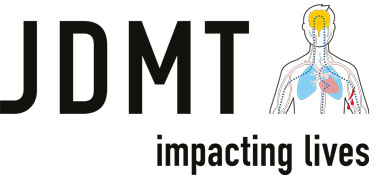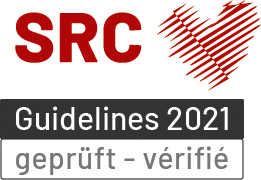Since the end of 2019, the outbreak of the coronavirus has been infecting an increasing number of people. What was only a local incident in a province in central china, has developed into a global health concern. Daily updates are published, the number of infected people and, unfortunately, the number of people who have died as a result of a 2019-nCoV infection is increasing.
The local media has already been reporting on “panic”, “uncertainty among patients and professionals” and the “Confederation”, which “does not make a convincing impression”. And so, it is not surprising that the World Health Organization (WHO) has meanwhile reported that it is working on the massive infodemic accompanying the corona outbreak. This over-abundance of information – some accurate and some not – makes it hard for people to find trustworthy sources and reliable guidance when they need it. (Source)
Often times information is not sufficient for decision makers. Information must be checked and weighted. Consequences must be calculated and adapted to the public it’s aimed at. And, if necessary, predictions must be made considering what is possible and probable, and with what probability. That way decision-makers have a time advantage in preparing, making and implementing decisions.
Like the WHO, JDMT also believes that the flood of information cannot wash away questions and fears about the corona epidemic. It is therefore more important that decision-makers condense the large amount of information, deduce consequences from it and use these condensed analyses to continue their efforts to cope with the corona epidemic. JDMT supports companies in this process by analysing and verifying information, providing analyses and outcomes related to the specific needs of their customers (graphic: WHO situation dashboard).







